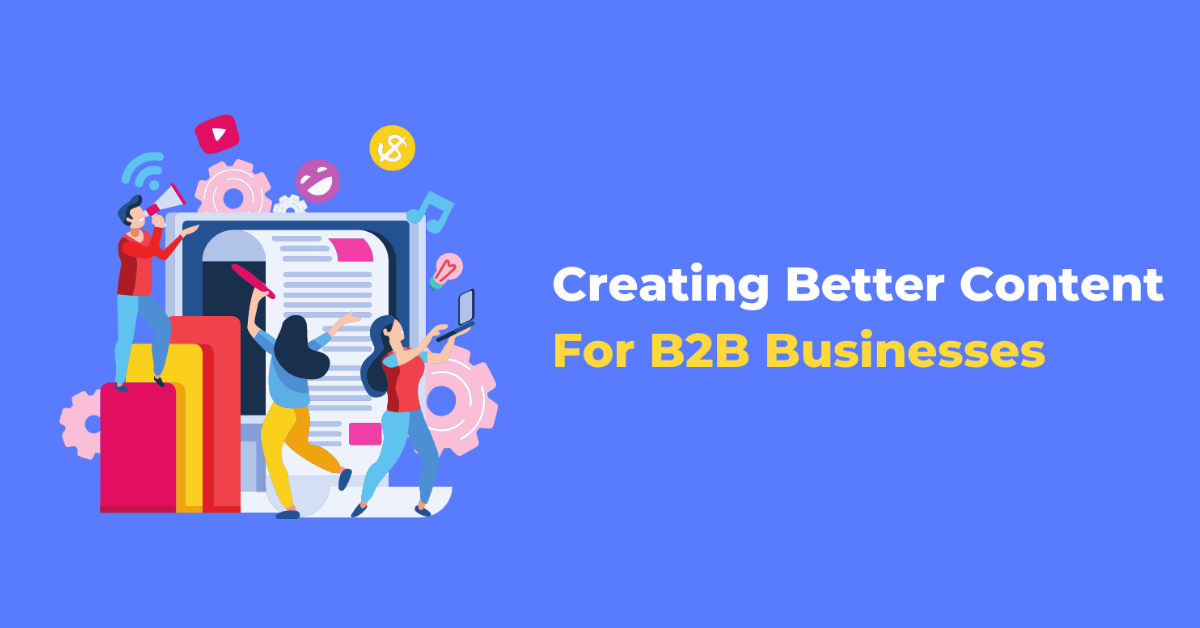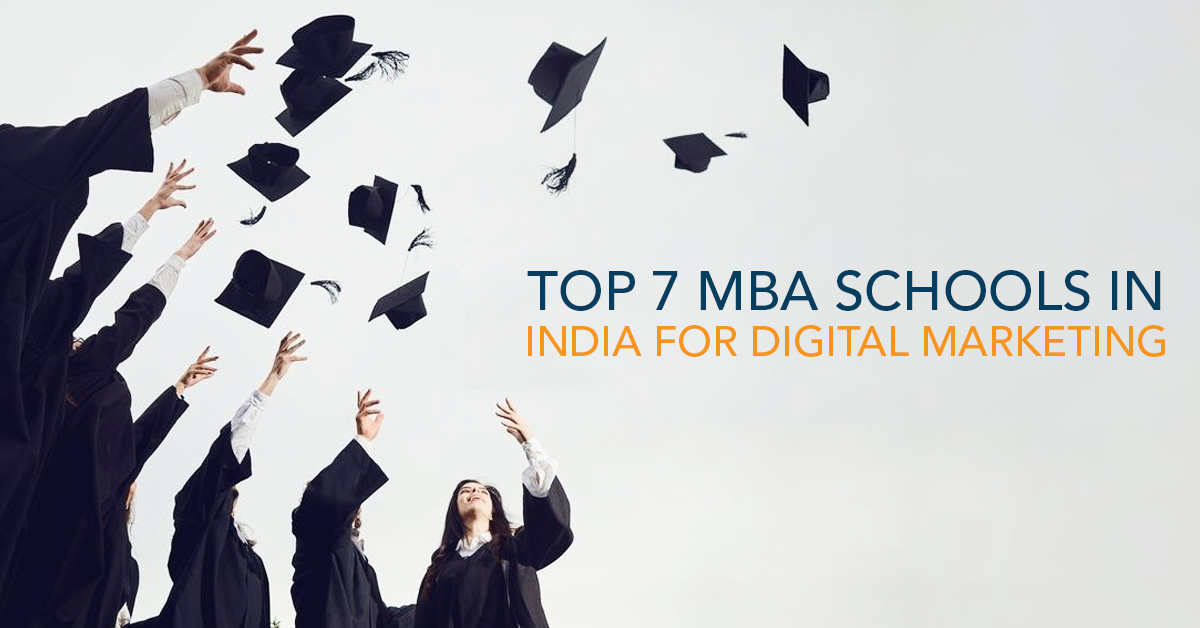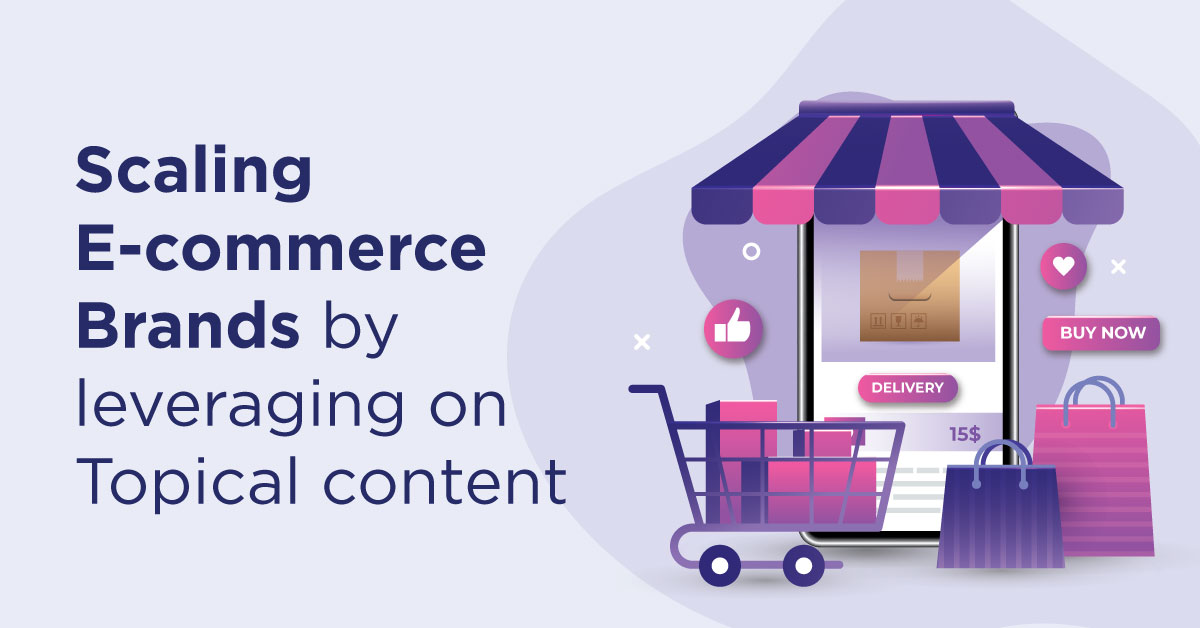B2B content marketing has always been important, but with live conferences and trade shows getting canceled, the importance of B2B content is skyrocketing. Unlike B2C sales, B2B decision-makers don’t have to deal with pushy salespeople. They tend to search and sift through information online and consume content that drives their purchase decisions.
Hence, creating targeted content that aligns with B2B decision makers’ needs can help you streamline your marketing efforts, generate leads, and drive conversions. Let’s look at how B2B companies can create better content.
Understanding B2B Touchpoints
A customer touchpoint is a point of contact or interaction between a customer and a business. It could result in an exchange of information, service, or transaction. The problem with touchpoints is that not many companies understand and leverage them the right way. This subsides the importance of touchpoints and the role they play in determining the overall customer experience.
In terms of customer experience, a touchpoint can help you understand your customers’ current situations, their motivations, and what drives their loyalty. It’s important to realize that channels aren’t touchpoints. They provide a broader view of how customers interact with you. For example, online is a channel, whereas Facebook Messenger chat can be a touchpoint. Touchpoints are more precise and specific.
Naturally, most organizations list the following things when defining B2B touchpoints.
- Direct mail
- Websites
- Billboards
- In-store cashiers
- Customer service centers
The problem with these touchpoints is that the organization thinks that a customer has had a linear relationship with these touchpoints and has engaged with them in meaningful ways. This presumption is entirely company-focused and doesn’t consider the customer perspective.
While the touchpoints mentioned above are crucial, here are some overlooked B2B customer touchpoints that you shouldn’t ignore.
The Brand Advocate Touchpoint: Established, trustworthy, and reliable individuals endorsing your brand or product in the B2B space
The Upgrade Touchpoint: Marketing materials, such as well-structured upgrade emails that help upsell to existing consumers
The Invoice Touchpoint: Clear, effortless, and transparent invoices to make the invoice experience quicker and positive
The Marketing Simplification Touchpoint: Simple website navigation with relevant product recommendations to simplify the purchase process
The Partner Touchpoint: Similar experience across multiple selling channels, such as third parties
That said, a typical B2B journey could include the following touchpoints:
- Website
- Social media
- Chat
- Blog
- Referral
- Mobile app
- Search engine advertisements
- Social media advertisements
Customer journey, especially in the B2B sector, isn’t linear. It involves multiple touchpoints. For example, a buyer may come across your brand through a search engine advertisement. From there, they may visit your website and sign up for the email newsletter. Some other buyers may land directly on your website through search engine results and take a disparate journey.
Therefore, B2B companies need to create content keeping all the different touchpoints into account. The content required on your blog will be different from the content you share in your newsletter, though all these points will serve the same purpose – to push the buyer further down the funnel.
Crafting a B2B Content Strategy
Follow these steps to craft a winning B2B content strategy.
Understand Your Buyer Personas
The first step towards creating a winning B2B content strategy is to determine who you’re creating content for. Who are your target customers? Are they business owners, marketing heads, customer support managers, engineers, or technicians? You may produce great content, but if it doesn’t resonate with your target audience, it won’t deliver the desired results.
Hence, creating accurate buyer personas is important. Developing personas helps you determine which people among your target audience are most likely to make a purchase. You can even create multiple buyer personas depending on your business and create content for all of them.
A few areas of information to fill when understanding buyer personas are:
- Personal background: age, education, marriage, etc.
- Role: job measured, skills required, report to, manages, etc.
- Company information: industry, total revenue, total employees, etc.
- Goals and challenges: success, values, challenges, objections, etc.
- Buying preferences: preferred communication, industry associations, industry publications, social networks, etc.
Based on the above information, craft personas that are closest to your target customers. And avoid spending too much time on prospects that aren’t likely to open their wallets. Keep refining your personas to focus on groups that are most likely to convert.
Build Trustworthy, Thought-Leadership Content
Edelman and LinkedIn conducted a joint study in 2020 and found that 89% of B2B decision-makers believed that thought leadership enhanced their perception of an organization. Some reasons why you should focus on building thought leadership content are:
- Become the real voice of the customer
- Build and own a market instead of being a part of it
- Drive enhanced customer engagement
The problem with current B2B thought leadership content is that it lacks quality. It isn’t well researched, lacks original insights, and is written from the company’s point of view.
To be considered as a thought leader, your content should:
- Communicate in an easy-to-understand way
- Challenge the way the audience thinks
- Say something new
- Have strong opinions
- Publish data to validate your position
In a nutshell, your content should have a clear point of view, direction, and impact on your audience.
Distribute Content Across Social Media Channels
Content distribution is the holy grail of B2B content marketing. You may have created the highest quality content, but if you don’t promote it well, it won’t go anywhere. As Mark Schaefer says in his book The Content Code, “In addition to quality, content marketing success must also include community, distribution, and promotion.”
A blog is a natural choice for content distribution for most organizations, and rightly so. It provides you with the opportunity to share content on search engines, climb up the rankings, and be found. Sadly, search engine optimization (SEO) has become more competitive than ever, and ranking on the top of search engine results may take way too much time and effort.
So, while updating your blog is crucial, support your content distribution efforts by sharing content on social media. Some channels you should focus on for B2B content creation are Twitter, LinkedIn, and Instagram.
In addition to organic content distribution, consider paid advertising. It can amplify the reach of your content and help you reach more users in less time. Pairing paid content distribution with organic efforts can do wonders for your B2B content marketing strategy.
When it comes to content distribution, don’t overlook the benefits of promoting your content offline. With tools like QR codes, you can share digital content with an offline audience and provide them with an omnichannel experience. For example, you can create a customized QR code using a QR Code Generator, link it to a blog post explaining a product in-depth, and put up the code on the product packaging. Customers can scan the code using their smartphones to read the blog post and learn more about the product.
Personalize Content Communication
Personalization is no longer a buzzword you heard in the B2C marketing landscape. It has become an essential aspect of B2B content marketing. As many as 77% of sales and marketing professionals believe that personalization can help build better customer relationships.
The most effective way to personalize content communication is to micro-target your audience segments. Micro-targeting will enable you to develop content and landing pages specific to your audience based on demographics like location, personal data, work information, and decision-making behaviors.
That data will enable you to reshape your content at all stages and touchpoints of a buyer’s journey. Once you have micro-segmented your audience, you can send them personalized content in the form of email newsletters, product emails, outreach emails, and more.
Detailed Product/Service-Related Content
When it comes to B2C content, brands need to be cautious of being salesy. Talking too much about your product or service can turn off the customers. That isn’t the case with B2B content marketing. B2B decision-makers need in-depth product/service information, so the more details you provide about your product or service, the better chances you have of making a sale.
Investing in video content can help take your content marketing efforts to the next level. A survey found that 53% of tech-focused B2B buyers consider video content to be the most useful type of content. Moreover, video is significantly underutilized in the B2B world, as most organizations prefer adhering to traditional content types, like blog posts and white papers. Including video-based product/service guides into your content strategy can give you a substantial competitive edge.
Assess the Touchpoints to Different Stakeholders
The final step in creating a B2B content strategy is to understand the stakeholders involved. Multiple stakeholders can be involved in the B2B decision-making process, though their role, influence, and accessibility in the process can vary. It’s essential to create content in a way that communicates with all stakeholders and all touchpoints.
To create content specific to each stakeholder, you’ll need to understand the company’s decision-making process. Determine who’s involved in the decision-making unit (DMU), which departments are included, and how their decision-making process looks like. Based on these inferences, you can devise a content strategy for stakeholders across all touchpoints.
Types of Content B2B Companies Must Leverage:
As content marketing continues to become more specialized, B2B companies need to be specific when it comes to the content they create. While content marketing options are endless, here are some types of content every B2B company should leverage.
Case Studies and Surveys
As discussed, building trust and credibility is one of the cornerstones of B2B content marketing. Case studies help you establish trust and credibility. You can show prospects how you have helped others, which will help them make informed and confident decisions. You can have case studies in both text and video form on your website, social media, or YouTube channel.
In-Depth Guides
Creating in-depth guides serves two benefits. First, it provides in-depth information about a topic to the reader, which establishes trust and credibility. Second, it attracts more backlinks. The more information you provide about a topic, the more backlinks you’ll receive. So, if you want to streamline your SEO strategy and receive more backlinks, start creating in-depth guides and tutorials.
Blog Posts to Accelerate the Sales Funnel
Blogs remain one of the most effective types of content in the B2B landscape. They allow you to send your message and build an audience easily and quickly. However, make sure that your blog posts inspire action and guide the readers down the sales funnel. If your blog is failing, the chances are that you’re leaving your readers hanging without asking them to take action.
Conclusion
There’s a lot of B2B content out there, but there are potential gaps that you can use to outrank it. By identifying those holes, you can create high-quality content that not only helps your audience make confident decisions but also win a spot on the search engine results.
————————-
Author:
Akshay Deogiri, SEO outreach specialist at Beaconstac.




